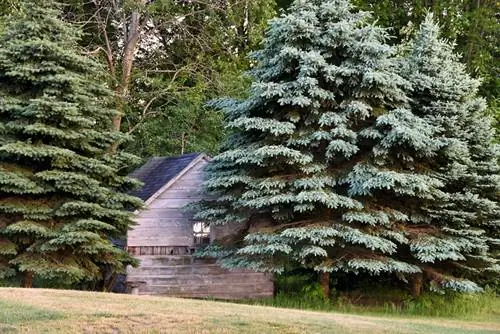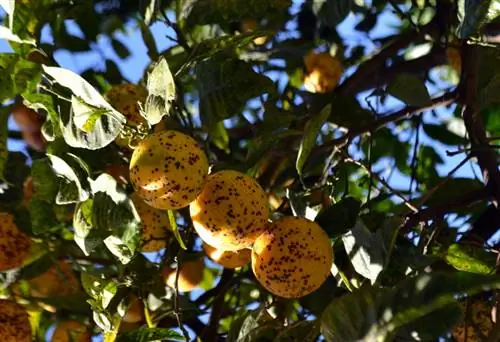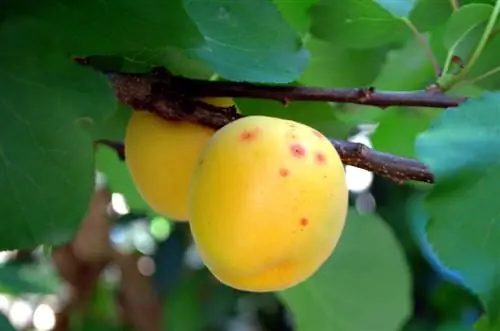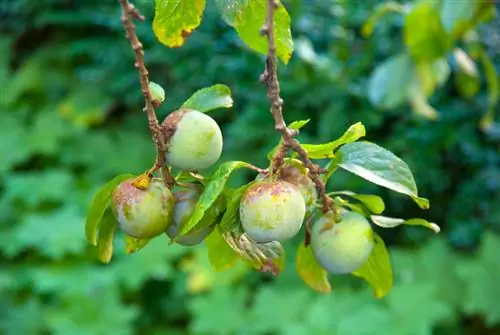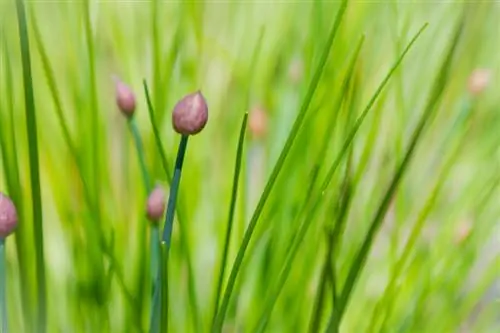- Author admin [email protected].
- Public 2023-12-16 16:46.
- Last modified 2025-01-23 11:20.
The anticipation of a home-grown blue spruce as a Christmas tree experiences a bitter setback when the wonderful tree falls ill. Read here which diseases can affect a Norway spruce. Benefit from our tips for effective prevention.
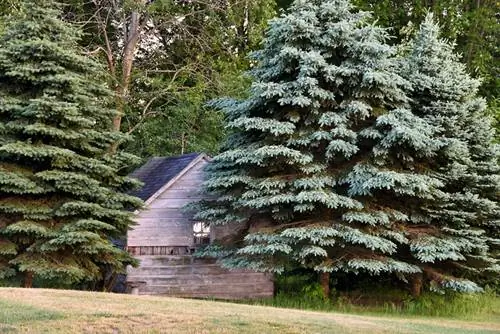
What diseases can blue spruces get and how can they be prevented?
Blue spruces can be affected by fungal diseases such as spruce needle rust, spruce needle scab and spruce needle rot, which lead to needle discoloration and shedding. You can prevent this by mulching, regularly spraying with nettle manure and organic fertilization.
Fungal pathogens cause needle drop
There are different types of fungi that can affect your blue spruce. Although the course of the disease varies, the dilemma always results in the shedding of the beautiful needle dress with the blue shimmer. Below we have put together the most important fungal diseases for you with information about the first symptoms:
- Spruce needle rust (Chrysomyxa spp.): Yellow spores on the needles in summer; mostly near rhododendron
- Spruce needle scab (Lirula macrospora): The needles turn light yellow with elongated, black spores
- Spruce needle blush (Tiarosporella parca): Black balls form under the epidermis, so that the needles appear reddish
Regardless of slight differences in visual appearance, the needles ultimately turn brown and fall off. In contrast, numerous other fungal pathogens have adapted excellently to the parasitic lifestyle and do not cause any damage that threatens existence.
How to effectively prevent fungal diseases
Don't wait for the needles on your blue spruce to discolor and fall off. To date, there is a lack of effective disease control agents that are approved for use in home gardens. With the following precautions you can deprive cunning fungal spores of their livelihood in advance:
- Consistently mulch the tree disc flatly with leaves, grass clippings or bark mulch
- Regularly sprinkle the mulch layer with nettle manure
- Do not administer nitrogen-rich complete fertilizer, but fertilize organically with leaf compost and rock dust
The key to maintaining the he alth of a blue spruce is a pH value between 6.5 and 7.5. It makes sense to check this value every few years using a test set (€14.00 at Amazon) from the hardware store or garden center. An increase in the alkaline range greater than 8 is worrying. In this case, the administration of Epsom s alt causes a reduction in the pH value within a short time.
Tip
Are you looking for a small, robust blue spruce to grow in a pot? Then you will find what you are looking for with the 'Fat Mac' variety. After 5 years the dwarf tree has only reached a height of 20 cm. In addition, this American hybrid has proven to be extremely resistant to most diseases.

